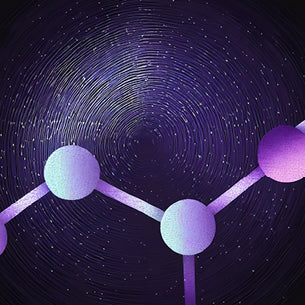

Cd-38 inhibition (nad+)
NAD+ MULTI-PATHWAYS SYNTHESIS
Having optimum NAD+ levels is vital for healthy energy, fat and glucose metabolism, insulin regulation, DNA repair, inflammation response, and a host of other health effects. NAD+ levels and activity are elevated by four main pathways, and two additional secondary pathways from the botanicals in the Kimia NAD+ Booster. The following is a description of each NAD+ boosting pathway and which of the following herbs in the formula are activated by that pathway.
HOW IT WORKS
CD38 degrades NAD+ by using it up to perform its functions.CD38 consumes NAD+ by hydrolyzing it into nicotinamide and cyclic ADP Ribose (CADPR)
PATHWAY SYNERGIES
Inflammation involves the release of inflammatory mediators (activators) such as TNF-alpha and other cytokines which causes the formation of the enzyme CD38 which uses up NAD+ during its function (Dong, 2023). CD38 is also known as an NAD+ase enzyme – meaning that it results in the breakdown of NAD+. Aging is known to cause a chronic elevated inflammatory state known as “inflamm-aging” characterized by the presence of inflammasomes, so aging itself is known to cause elevation of CD38 which accelerates aging even faster by depleting NAD+. Very old cells that have reached the point where they can no longer divide are known as senescent cells and one of their main activities is to secrete inflammatory factors. This is a key driver of chronic inflammation and aging, so it is best to reduce or minimize these cells if possible. Senescent cells also contribute to the development of multiple disease states. Inflammaging, is a strong risk factor for multiple diseases that are highly prevalent and frequent causes of disability in elderly individuals.
NAD+ BOOST PATHWAY DEFINITION
CD38 is a regulating protein that is activated during inflammation and uses up NAD+ in during its function. Some if vital for cell function, but when excessive has been shown to be involved in causing pathologies.































